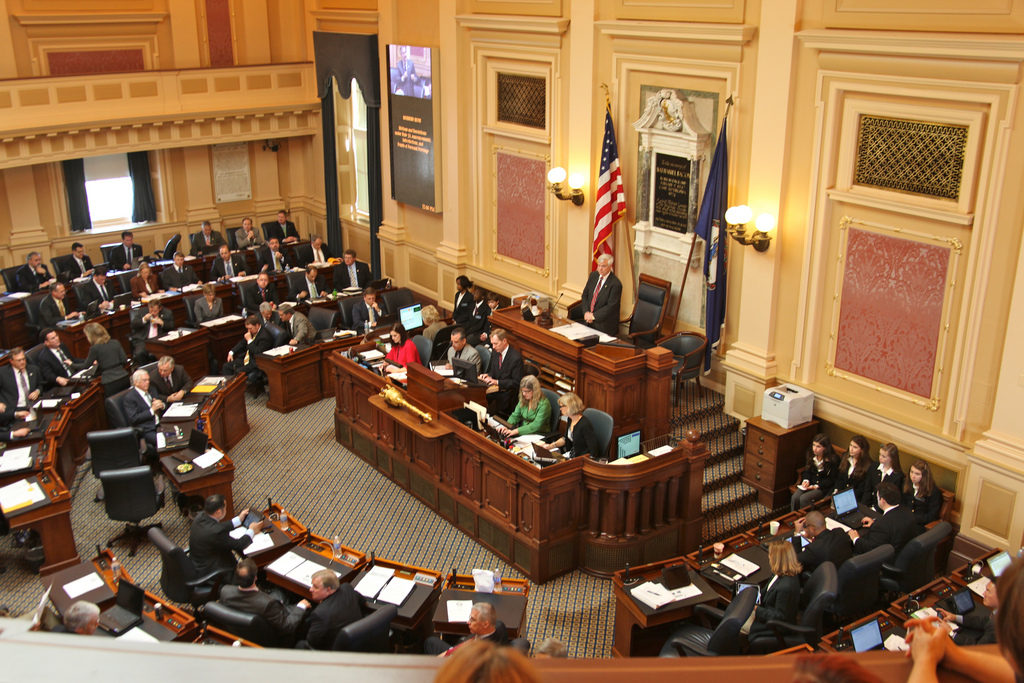On Election Day 2018, 59 percent of Virginians registered to vote went to the polls throughout the Commonwealth’s 133 independent cities and counties – not as high as the 69 percent turnout seen during the midterm elections in 1994, and the 72 percent that voted in 2016 presidential election. Regardless, the results from the race shows the regional divide that has negatively affected Republicans over the past few election cycles.
In the Senate race, Republican candidate Corey Stewart, while winning a majority of independent cities and counties – 80 overall – took just over 41 percent of the vote, the lowest since the 2008 Senate race. Meanwhile, incumbent Democratic candidate Tim Kaine garnered 57 percent of the vote, winning in the remaining 53 independent cities and counties where a majority of the state’s eight and a half million residents live. In the 2017 gubernatorial election, unsuccessful Republicans came away with somewhere between 45 and 47 percent of the vote, down from a high of almost 50 percent in 2013.
The biggest factor in this race was the divide between suburban and rural voters. The last time Republicans were victorious in a statewide election – the 2009 gubernatorial race where Republican Bob McDonnell won the governorship – the GOP was able to bring a successful message to suburban voters and carried a lot of the vital portion of the vote in the suburbs of Northern Virginia. However, since suburban sprawl is growing in Central Virginia, notably in Chesterfield County, transplants to the area and even the Commonwealth itself and a burgeoning Millennial voting generation have not warmed to Virginia’s traditional Republican message.
For the House of Representatives, with the majority going back to Democrats nationwide as Republican lost 32 seats on Election Day, going into the 116th Congress in 2019, Virginia is now staffed with just four Republican congressman, Rob Wittman (VA-1), Denver Riggleman (VA-5), Ben Cline (VA-6), and Morgan Griffith (VA-9); and seven Democrats after losing Scott Taylor (VA-2), Dave Brat (VA-7), and Barbara Comstock (VA-10) during last Tuesday’s election. The results reflect the ongoing realignment of the nation’s politics that is set to play itself out again going into 2019 when all 140 members of Virginia’s General Assembly will be on the ballot.
The House of Delegates is currently split 51-49 with a Republican majority, with the State Senate at a one-member 21-19 Republican split. Statewide, 14 of those GOP-held districts voted for Senator Tim Kaine this year and Governor Ralph Northam (D) last year, a majority of which are placed in and around the Richmond and Hampton Roads metropolitan regions. In both chambers, the seats Democrats will target to flip are largely suburban, reflecting the GOP’s ongoing struggles in areas that were once reliable strongholds.
Republicans carried the rural regions on Election Day, with Democrats winning handily in the suburban areas. Albeit, the estimates from the Virginia Public Access Project (VPAP) do not include absentee ballot counts, the results of precincts split between legislative districts – like in the 94th House District – are estimated, and the political makeup of some districts could be altered as the court-ordered redistricting plan is set to change approximately one-third of districts statewide, aimed at the Richmond and Hampton Roads metropolitan regions.

